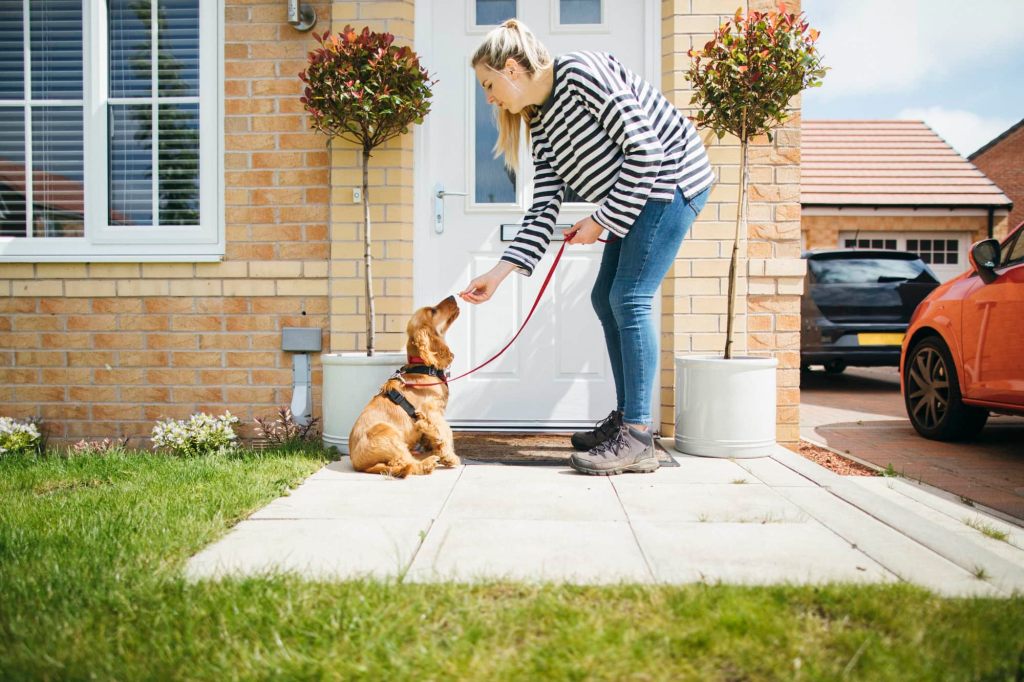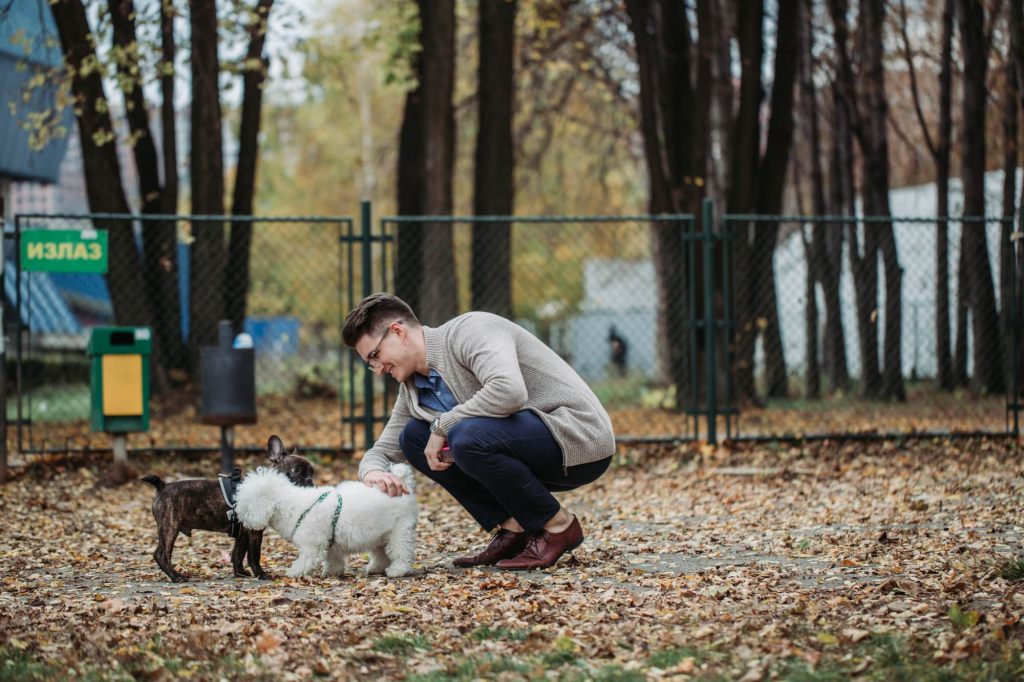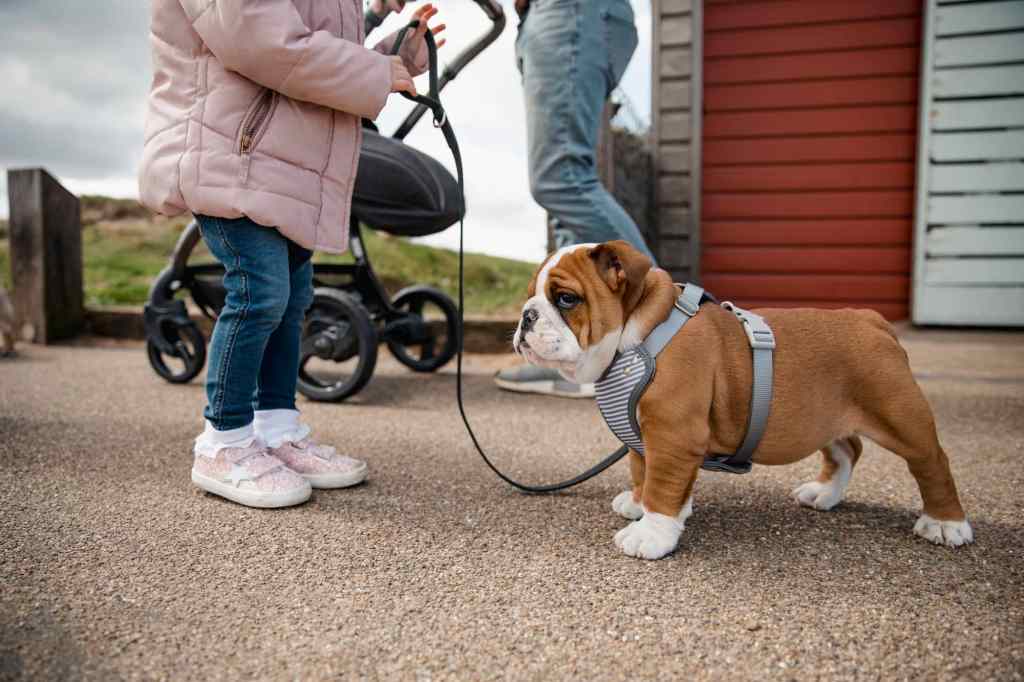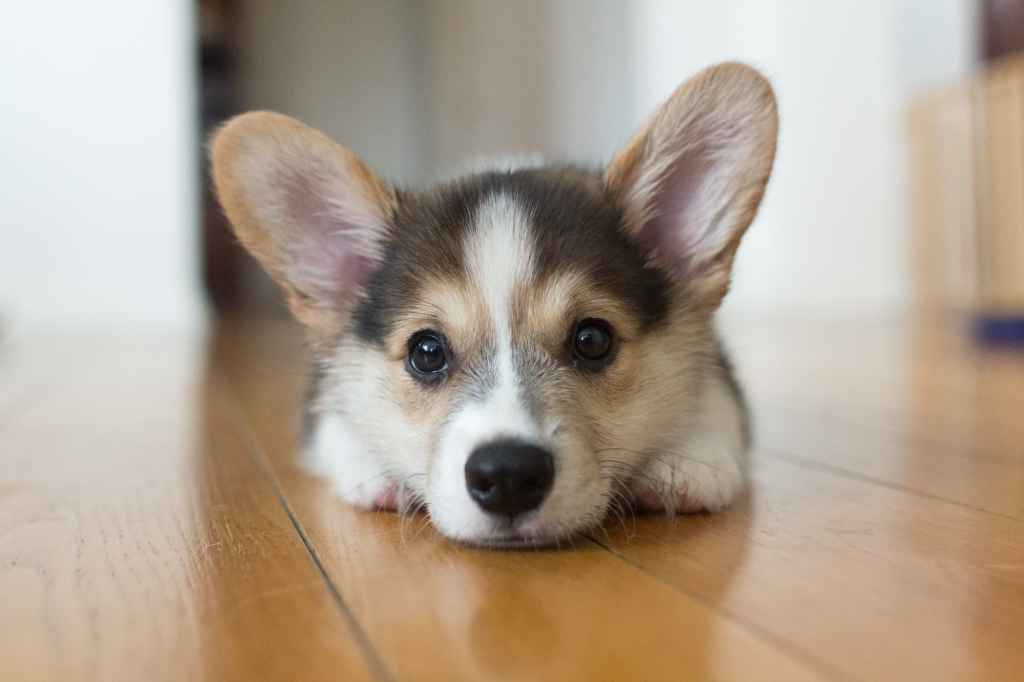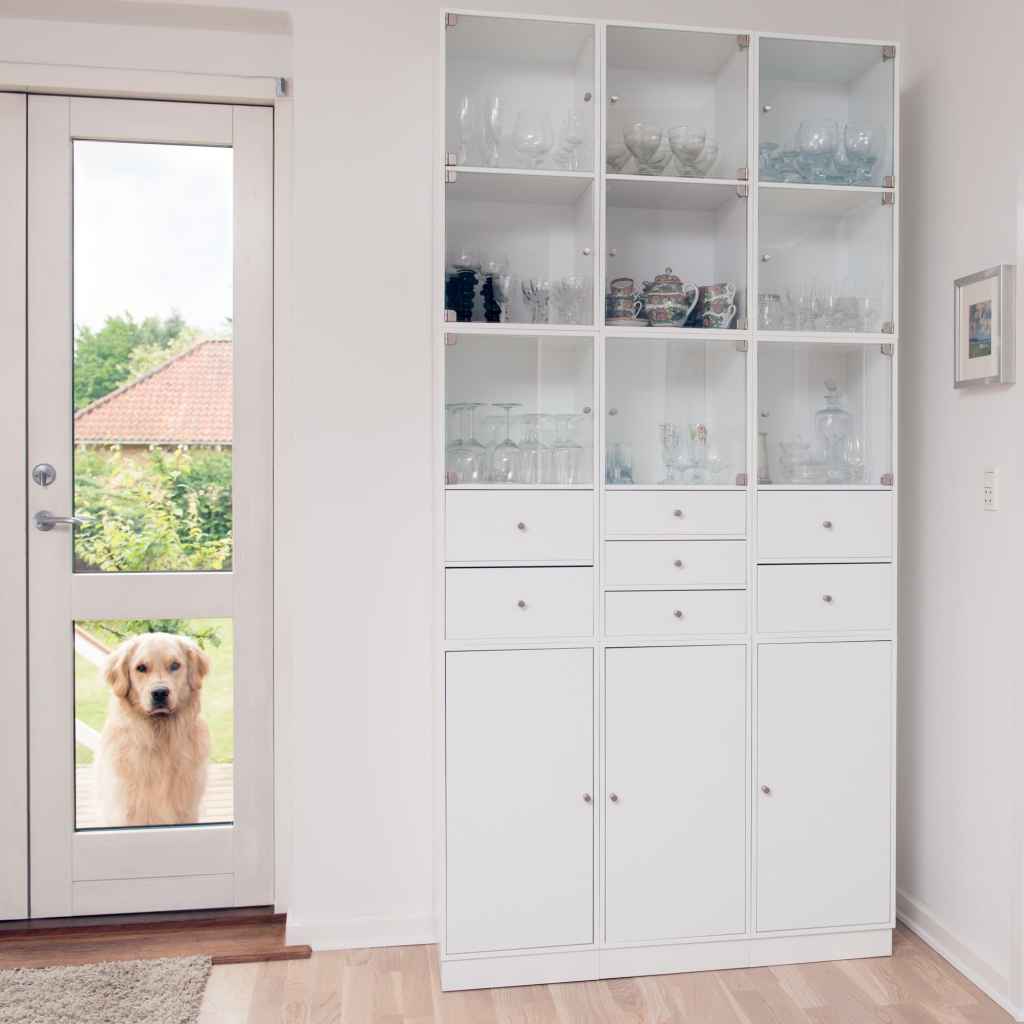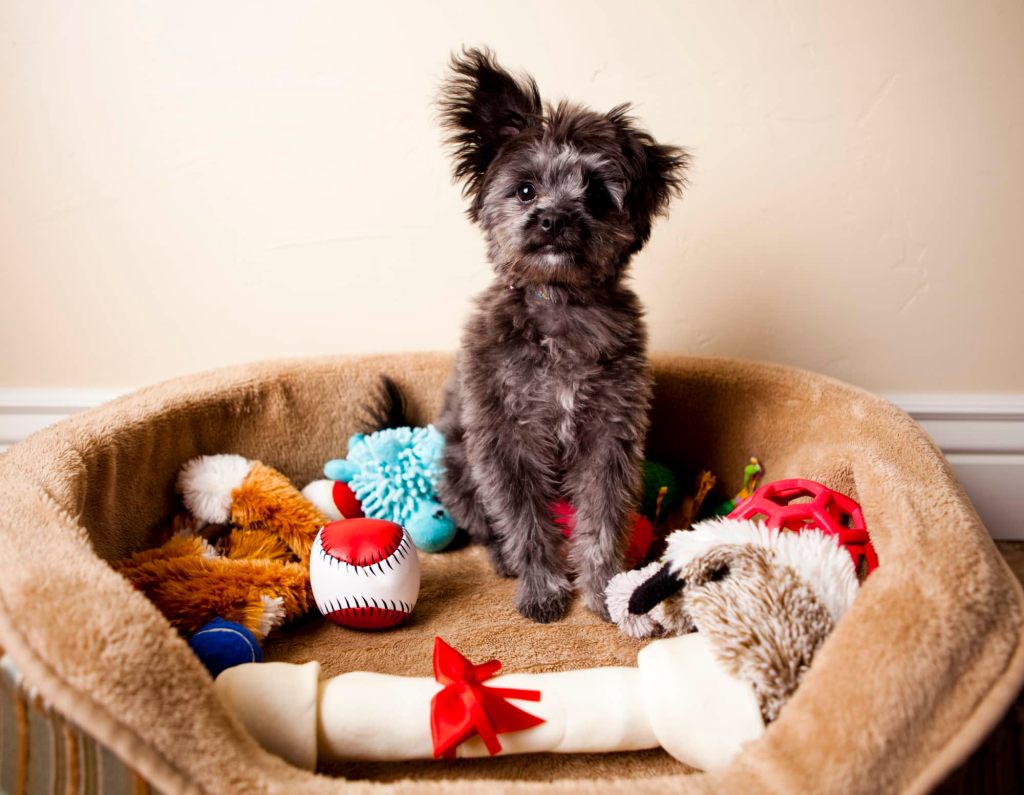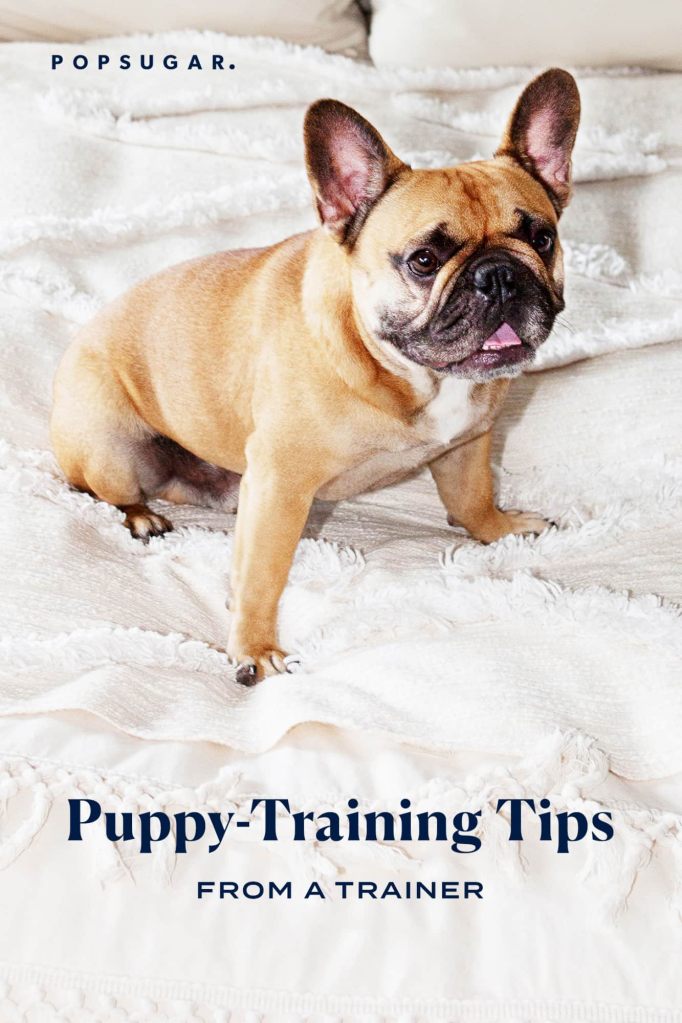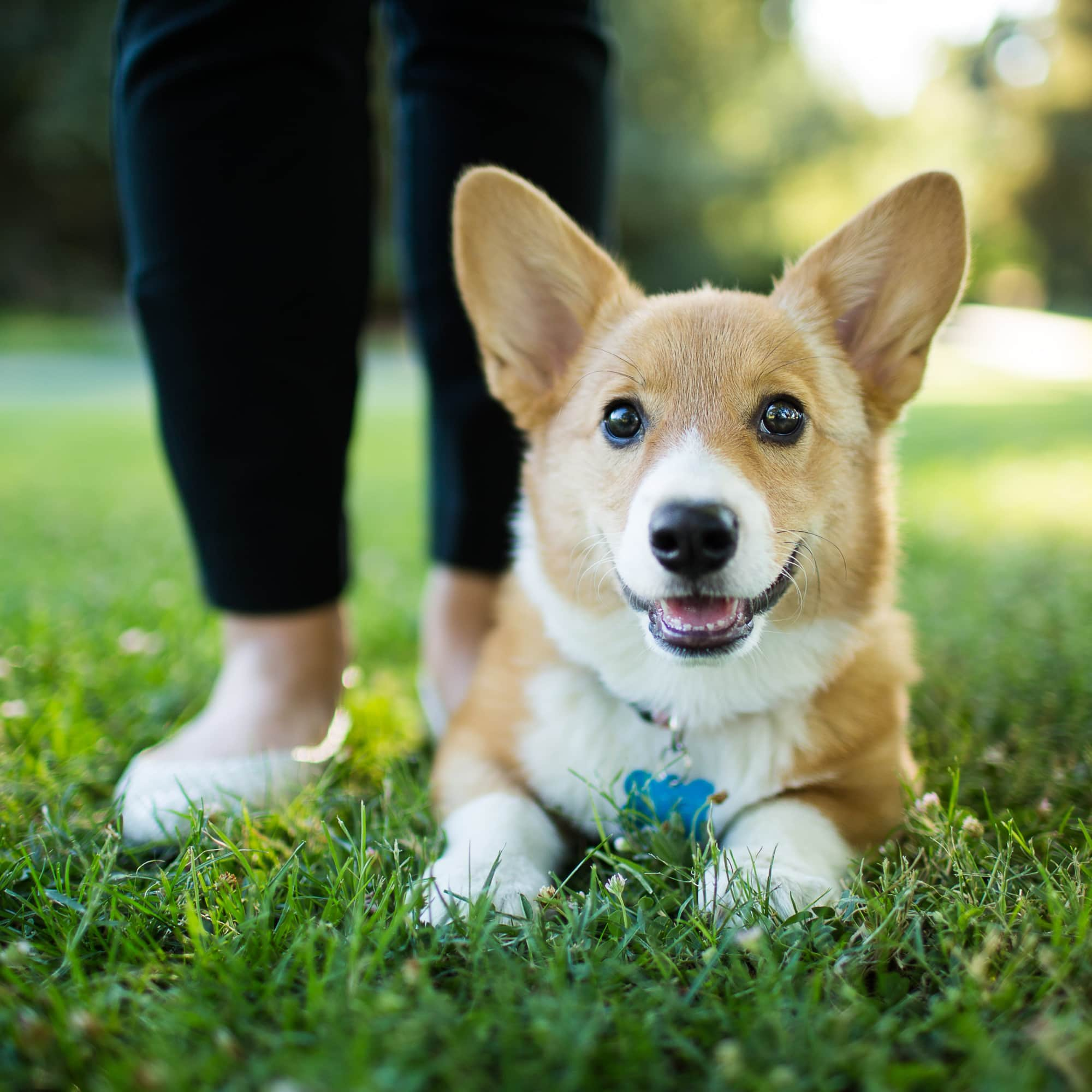
- POPSUGAR Australia
- Living
- I Worked as a Puppy Trainer, and These Are My Top Tips For Teaching Good Behavior
I Worked as a Puppy Trainer, and These Are My Top Tips For Teaching Good Behavior

When my parents first moved my sister and me to Seattle, they finally caved on the one thing she had wanted for years: a dog. Their worry over whether we would step up to the responsibility of caring for an animal was usurped with the hope that a dog would alleviate some of the sadness of moving away. And it totally worked. In the dedication to our new dog, we found ourselves at puppy training classes that would help us train our new pet and allow him to socialize with other puppies. It was through attending these classes that I suddenly found myself an assistant dog trainer. As someone who had zero natural affinity toward dogs, I was surprised when the instructor asked if I would be interested in assisting with their puppy camp. I was a college student free for the summer, so I decided to go for it. Throughout the summer I learned a few tricks that are super helpful for training new puppies. I’ve used a lot of these when my friends adopt new dogs or I am asked to dog-sit. Here’s what to know if you’re getting a puppy for the first time.
Related: 5 Ways to Make Your Life as a Dog Parent Less Stressful
Find What Reward Works For Your Dog
The most typical reward people go for when training their dogs is a treat. When first training my dogs, we used anything from grilled chicken to store-bought pellets. However, if your puppy isn’t food-motivated, toys or activities can be a good motivator. Not all dogs are motivated by the same things, so don’t be afraid to switch it up if treats aren’t doing the trick!
Get Them Used to Loud Noises
This is particularly helpful around fireworks season. To prepare your dogs for upcoming events, you can play loud sounds around them when they’re a puppy and reward them during the process. Don’t overdo it – just a couple times a day until they get acclimated is plenty – but playing fireworks recordings or some loud traffic noise while you give them a few treats can help prepare them for an otherwise difficult day.
Introduce Them to Unfamiliar Objects Early
Many dogs become scared of unfamiliar objects, like bicycles or vacuums, the older they get. If you have a dog that’s never seen a skateboard, they might freak out on a walk if someone skates near them suddenly one day. Exposure to bicycles, skateboards, household appliances, and sports equipment early on will help prepare them for unexpected encounters in the real world. You should introduce your puppy to a variety of objects during their first months. You can start by leaving the objects out near them so they can sniff and explore them. If it’s an object you use (like a vacuum cleaner), work up to using it around them. If they appear scared, give them some treats or let them back off until they feel safer (especially if they don’t eat the treat). You can keep doing this with less frequency the older they get to keep them used to seeing new things.
Socialize Them Young
It’s hard to take a dog who has never played with another dog to the dog park and expect them to jump in. You don’t want to find yourself, or your dog, in an overwhelming situation. Take your puppy to play groups or have them meet your friend’s dog early on when you can watch for aggressive behavior, like growling or possessive behavior with toys. Once or twice a week is the perfect amount of socialization for a new puppy, so they can play and be tired for bedtime. The amount of time spent playing may vary, but at least 30 minutes with other dogs twice a week is great. This will help ensure that your dog has a great time in the dog park later on!
Get Your Puppy a Harness
I am a big fan of harnesses for dogs. Not only does it not pull at their neck or choke them, but also it gives you a little more control of your dog on their walks. For even more control, you can put the harness on with the leash on their chest. If you want to give your dog a little more freedom in the walk, put the harness on with the leash on their back.
Allow Them Flexibility on Their Walks
It’s nice for your dog to get to explore sometimes, and this activity can double as an alternative to a food treat. If you are having trouble teaching your dog to walk, be mindful of when it is your turn to guide the walk and when you are giving them space to explore. Teach them to walk with you using treats at first, rewarding them when they stay with you. Mark this behavior with a phrase, such as “let’s go,” which is a sign that they should follow you on the walk. Allowing them to control the walk sometimes can be rewarding for them though, so give them some room to explore. Then you can use your phrase, “let’s go,” to tell them it’s time to go back to walking nicely with you.
Get Them Used to Being Alone
Separation anxiety can be difficult for puppies. If you know you’ll have to leave them for long periods during the day, you can start preparing them for alone time early. Don’t make a big deal of coming and going. That means don’t give them extra attention right before you leave or immediately when you get home, which could make them anxious as you prepare to leave or overly excited when you return. Instead, try giving them an activity to do while you’re gone, such as a treat toy.
When you get back, you want to greet your puppy, but try putting away your stuff before giving them attention to keep them calm and reduce separation anxiety. If you don’t want your dog to jump on you when you get home, turn your body away when they jump. This will teach them that they will receive attention for good behavior.
Teach Them to Ring a Bell to Go Outside
If your house doesn’t have a dog door, your dog can learn to ask to go outside when they need to use the bathroom. Try hanging a bell by your door and teach them to ring it to go outside. Hang the bell in a place that is easy for your puppy to reach and start by ringing it every time you take them outside. Every time they touch it and it rings (accidentally or not), bring them outside for a bit. While house training them, ring the bell every time you take them outside to go to the bathroom. This will get them to associate outside with going to the bathroom and ringing the bell. If they seem nervous to touch the bell on their own, try putting a treat like peanut butter on it and take them outside whenever it rings. Pretty soon they will graduate to ringing the bell when they need to be let out.
Give Your Dog a Mat
Give your dog a mat or a bed they can return to as a touchpad for where to stay when you direct them. This is especially helpful if you want to teach your dog to stay in a spot for meals or when someone comes to the door (like a delivery man). You can train them to stay by getting them to sit on the mat and hold their position. Teach them the command “stay” by slowly increasing the time between the command and giving them the treat. Start by getting them to stay in their seat for a few seconds at a time and work up to getting them to hold their pose as you move around.


